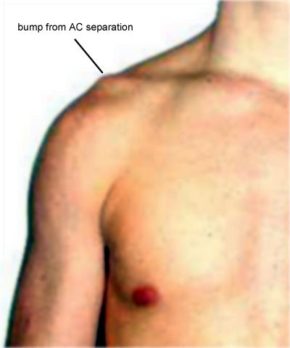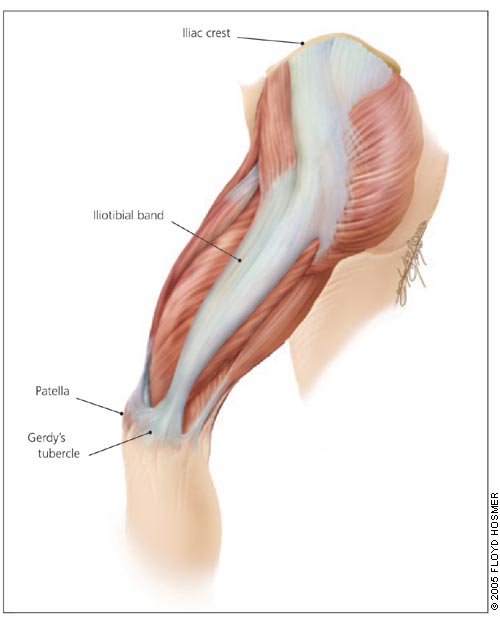This post may contain affiliate links to products or services which, if you purchase, may result in my earning commissions at no additional cost to you.

Athletes who have had to go through the pain of shin splints know just how uncomfortable this kind of injury can be. Generally defined, shin splits are a condition that are caused by an inflammation of either the anterior or posterior muscles and tendons within the lower leg, as well as any adjacent soft tissue located along the shin bone.
Tenderness in this area can range anywhere from two to six inches, and the pain can get so bad that it may make you want to stop running completely. In cases such as this, seeing a doctor is important because it will help to rule out issues such as a stress fracture to your tibia.
Generally, shin splints occur more in both runners and aggressive walkers, with the most common belief being that the main cause of them has to do with people training on hard surfaces, such as concrete; however, the main onset of shin splints of often caused by frequent workouts that involve running, as well as an increased amount of intensity and/or a change in your routine that can be dramatic in nature. You can be put at a greater risk of this issue thanks to factors that include the following:
- Increasing mileage and/or running speed too quickly
- Switching from a softer surface to a harder one
Preventing Shin Splints
Running Surface
You should never overdo it whenever you decide to switch from a softer running surface to a harder one. Always give your legs ample time to adjust to the change. For instance, if you’re used to running approximately five miles on a softer surface, try running a fewer amount of miles on a harder surface until your muscles are able to adjust to everything. Both your soft tissue and muscles will naturally get sore, so it’s important for you to monitor your recovery time as carefully as possible.
Shoes
Wearing the right type of footwear is also extremely important as well. For instance, never wear any running shoes that are too worn out. Instead, select a pair that meets every single one of your needs. There are all sorts of running stores that will help you with this very thing by thoroughly examining the shoes that you’re wearing currently, as well as taking the time to evaluate your overall stride. You will be able to find all sorts of styles that contain different types of cushioning, stability, and features that focus on motion control.
Biomechanical Issues
A good bio-mechanical analysis, which is generally performed using motion capture video, can help to determine all sorts of issues involving poor running mechanics. For example, in terms of anterior shin splints, both the anterior muscle and tendon can be overextended while you’re running, which can cause extra amounts of stress.
As you work to decrease your overall stride length, you will also be decreasing the functional length of the anterior muscle, which also works to reduce the pull of the tibia muscle. Generally, shin splints can be found in runners who either pronate their feet or have weak ankle muscles or tight Achilles tendons or calf muscles. To prevent this type of issue from occurring, simply engage in some basic stretching and strengthening exercises.
Orthotics
If your feet are faulty in any way, chances are that your doctor may recommend some form of orthotics for you to wear. These shoe inserts are completely customized in order to ensure that they fit you as comfortably as possible, as well as helping to realign your foot into its normal position. These also help to relieve a great deal of stress, as well as prevent all sorts of issues.
Treating Shin Splints
It’s important to note that there really is no quick cure for shin splints. In fact, the actual healing process can take several weeks or months. The best way to allow the healing process to go by as smoothly as possible is to cease any and all running activity. While you recover, consider taking on lower-impact workouts, as well as icing the inflamed area and taking anti-inflammatory medication, both of which will help to reduce swelling.
Once you find out what actually caused your shin splints to begin with, make any necessary adjustments in order to ensure that the issue doesn’t return. From there, you will be able to begin running again on a gradual basis and build yourself back up to a pre-injury training level.



